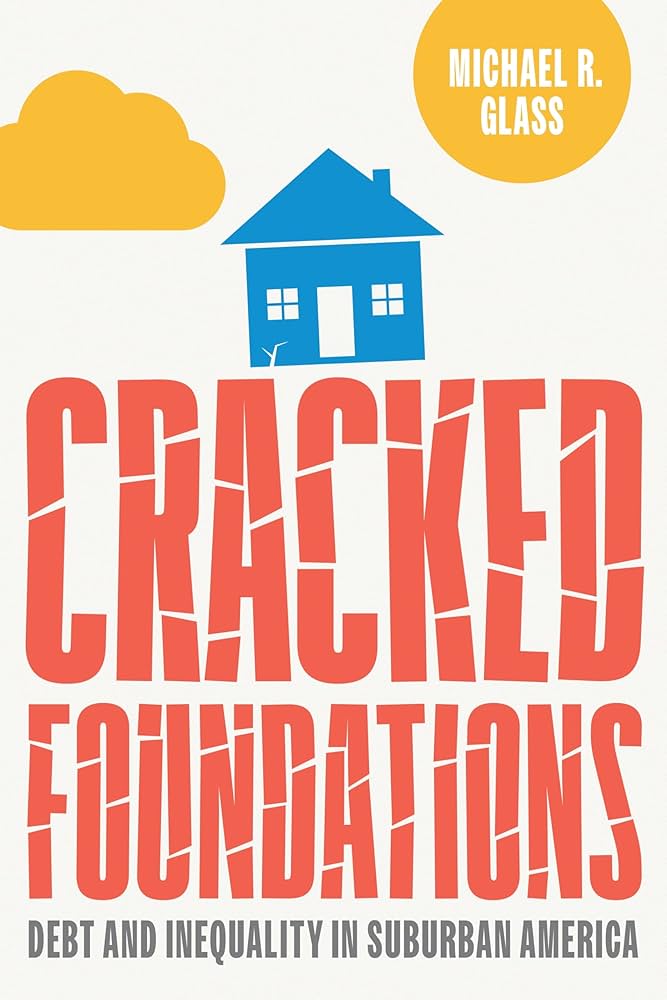Municipal debt is a secret American pastime, defining—and dividing—suburbs across the United States. In his new book, Cracked Foundations: Debt and Inequality in Suburban America, the urban historian Michael Glass looks behind the marketing that attracted flocks of Americans to places like Levittown and uses debt as a lens through which to understand suburban disparities. The U.S. is one of the only countries in the world where municipalities raise money primarily through bonds, and their differential treatment on the private market has quietly driven inequality across the nation. Saddled with higher interest rates on their bonds, people in poor cities and towns today pay double the amount in property taxes, often suffer higher home-foreclosure rates, and wield paltrier education budgets compared with their wealthier counterparts. Major cities face the consequences of municipal bonds, too—Chicago famously leased its parking meters to investors in order to pay off its debts—but they employ teams of bond experts to negotiate the best terms. Small cities and towns, whose bond coordinator is often a single financial manager juggling dozens of other tasks, can do less to protect themselves from high interest rates.
America’s cities have been taking on debt for more than 200 years. New York City issued one of the first municipal bonds in 1817 in order to bankroll the construction of the Erie Canal. Soon after, selling bonds became a popular way for new cities to attract railroads: They would offer to subsidize the cost of building a new train stop, but they needed cash to do it. By the 1950s, as Glass shows, neglectful developers left new suburbs with little choice but to fund their expansion via the bond market. Cities have only become more reliant on that debt since—especially after President Richard Nixon slashed federal aid to cities in the early 1970s. Although municipalities in other countries can borrow from their national government—Canada regularly provides localized loans to stimulate housing construction—American cities and towns usually don’t have that luxury. Instead, they have found themselves playacting as entrepreneurs, courting private investment to fund basic services.
Over the course of a 30-year term, Glass estimates, the fees and interest on bonds add 30 to 60 percent in costs beyond the original borrowed amount. Every town pays extra, but some pay more than others. The math is both simple and opaque. Whenever a local government offers a bond for sale, the three major credit-rating agencies—Moody’s, S&P, and Fitch—assess the government’s likelihood of repayment. A municipality that seems certain to repay gets a high score; one with shakier prospects gets a weaker score. Investors then set interest rates based on these assessments. Think of the grade as a credit score for your city: The worse it is, the higher your interest rate, and the more you end up paying for pretty much everything.

